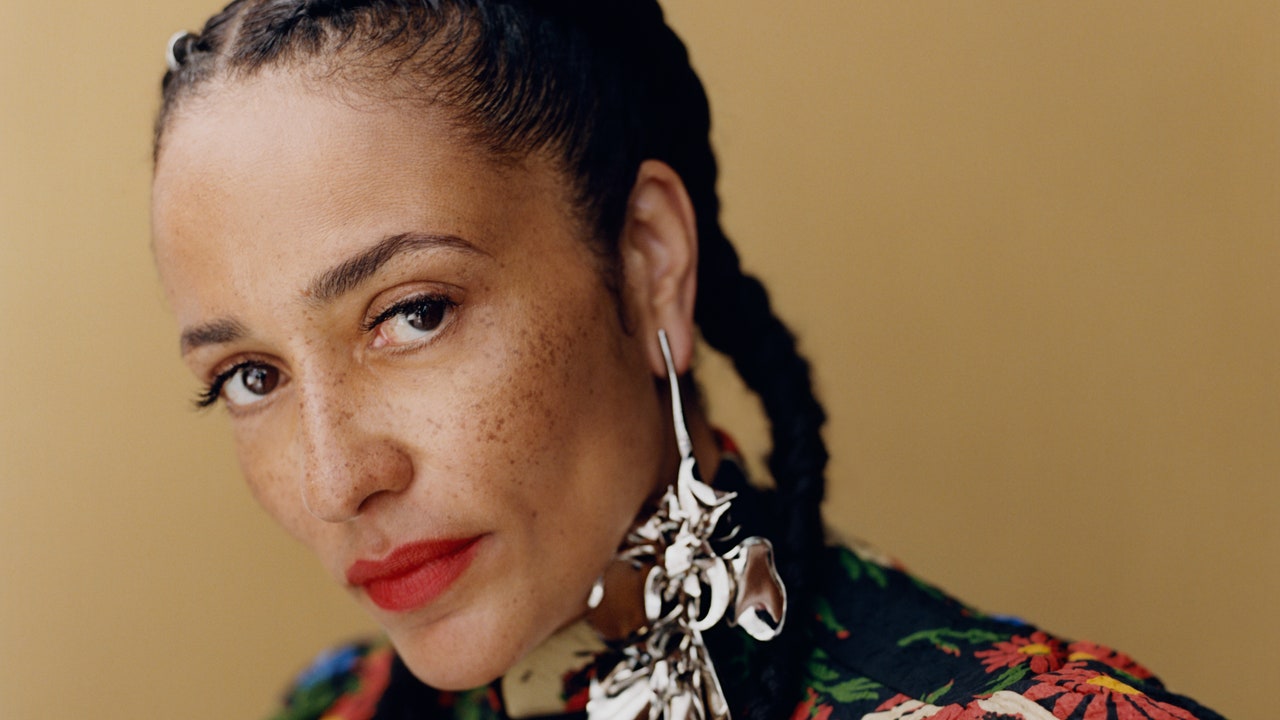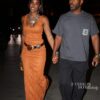
I’m spending the morning with Zadie Smith, and she’s taking me to a cemetery. It’s Kensal Green Cemetery, to be exact, the largest one in London. (The interred include Thackeray and a few minor royals which, Smith informs me, is the sign of a “respectable” graveyard.) “Ready to get our legs stung?” she asks, as we veer off the gravel path and plunge into thick undergrowth. I’m more concerned about Smith, who is dressed in denim dungaree shorts, a black tank top – “Walmart,” she says apologetically – and Palmaira sandals that look pretty time-worn. Will the literary establishment forgive me if I let one of its finest living novelists trip over an overgrown tombstone and sprain her ankle?
Smith – now 47, having spent the last few decades briskly dispensing of the condescending literary ingénue label that attached itself, remora-like, in the wake of her 2000 debut, White Teeth – is in adventure mode. Various local maps have been shoved under her armpit with determination. That leonine face and the striking, wide-set eyes are today mostly covered up with a cheerfully giant pair of sunglasses, the signature headwrap discarded in favour of braids with golden hair rings. The effect is less artistic luminary and more cool downtown aunt at a farmers’ market.
Beneath the muggy London sun, one can almost forget that Smith is the winner of numerous awards, including the Women’s Prize for Fiction and a twice-named Granta best young novelist, before she aged out of the category. “I’m very sad about getting old,” she declares, not sounding remotely sad about it, “but I’m trying to take it on the chin.” White Teeth was named by Time as one of the 100 best novels of the past century – not bad for someone straight out of university. Her nonfiction has run in British Vogue, The New Yorker and The New York Review of Books, which she finds particularly pleasing as it also published both Joan Didion and Susan Sontag. (Seriously, her review of Tár will make you see the film in a totally new light.) “When it comes to novelists, from a British perspective, there’s no one who has had more of an influence on me,” author Caleb Azumah Nelson – both a Smith fan and friend – tells me over the phone, the same month his second book, Small Worlds, hits The Sunday Times bestseller list. “So often I read her turns of phrase and I’m astounded.”
Today, though, rather than the coolly elegant, intellectual Smith – the one who sang jazz standards to earn money as an English student at Cambridge – I’m getting a taste of Smith the tour guide; one who swears like a trooper, laughs often and is easily distracted by an interesting gravestone. “Ooh, look at this,” she yells, breaking off to stride towards yet another mouldering tomb. “Cumberbatch. Do you think…? There’s only one family of Cumberbatches, I feel.”
We are valiantly attempting to find the graves of Eliza Touchet and William Harrison Ainsworth, two characters from her searingly original new book, The Fraud – her first foray into historical fiction. Set in 1873, some 40 years after the Slavery Abolition Act, the book masterfully depicts post-emancipation Britain as it ruptures along faultlines of class and race. Our quest to find Touchet and Ainsworth, on the other hand, is not going well. “All right, I’m going to focus for a second,” she says decisively, unfurling one of her maps. “Maybe we should go all the way and take that path to Ainsworth first.”
This post was originally published on this site be sure to check out more of their content.









